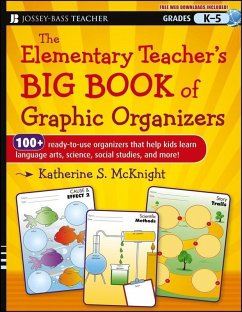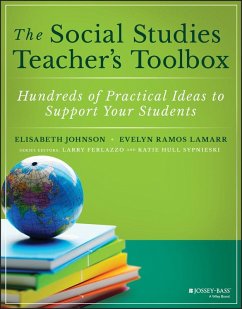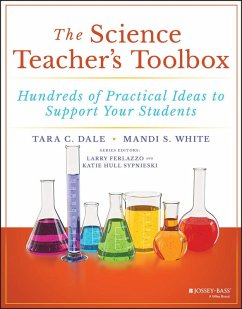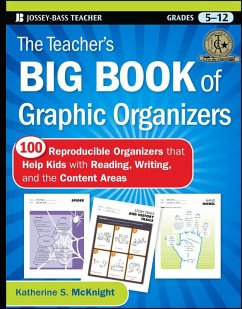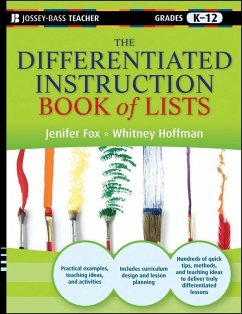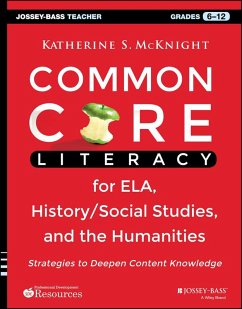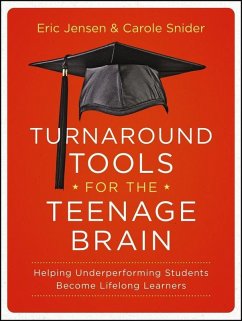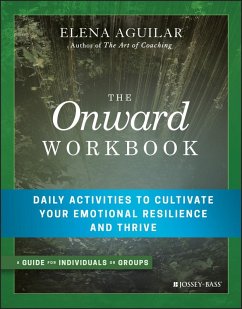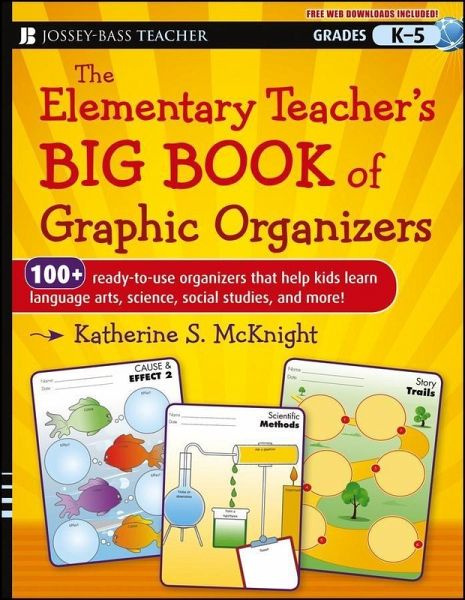
The Elementary Teacher's Big Book of Graphic Organizers, K-5 (eBook, ePUB)
100+ Ready-to-Use Organizers That Help Kids Learn Language Arts, Science, Social Studies, and More
Versandkostenfrei!
Sofort per Download lieferbar
16,99 €
inkl. MwSt.
Weitere Ausgaben:

PAYBACK Punkte
0 °P sammeln!
100 ready-to-use graphic organizers that help elementary students learnGraphic organizers are a powerful metacognitive teaching and learning tool and this book features 100 graphic organizers for teachers in grades K-5-double the number of any other book on the market. These graphic organizers can be used as before learning, during learning, or after learning activities, and support students' learning in the major content areas: English language arts, science, social studies, and mathematics. Teachers can use each graphic organizer as-is or customize for their own classroom's unique needs. Ti...
100 ready-to-use graphic organizers that help elementary students learn
Graphic organizers are a powerful metacognitive teaching and learning tool and this book features 100 graphic organizers for teachers in grades K-5-double the number of any other book on the market. These graphic organizers can be used as before learning, during learning, or after learning activities, and support students' learning in the major content areas: English language arts, science, social studies, and mathematics. Teachers can use each graphic organizer as-is or customize for their own classroom's unique needs.
This book gives teachers in grades K-5 a powerful way to help students understand relationships between facts, terms, and ideas.
Graphic organizers are a powerful metacognitive teaching and learning tool and this book features 100 graphic organizers for teachers in grades K-5-double the number of any other book on the market. These graphic organizers can be used as before learning, during learning, or after learning activities, and support students' learning in the major content areas: English language arts, science, social studies, and mathematics. Teachers can use each graphic organizer as-is or customize for their own classroom's unique needs.
- Tips for classroom implementation and information on how the tool supports learning
- A Difficulty Dial that indicates the complexity of each graphic organizer
- Two Student Samples demonstrating how the organizer may be used with younger and older students
This book gives teachers in grades K-5 a powerful way to help students understand relationships between facts, terms, and ideas.
Dieser Download kann aus rechtlichen Gründen nur mit Rechnungsadresse in D ausgeliefert werden.




